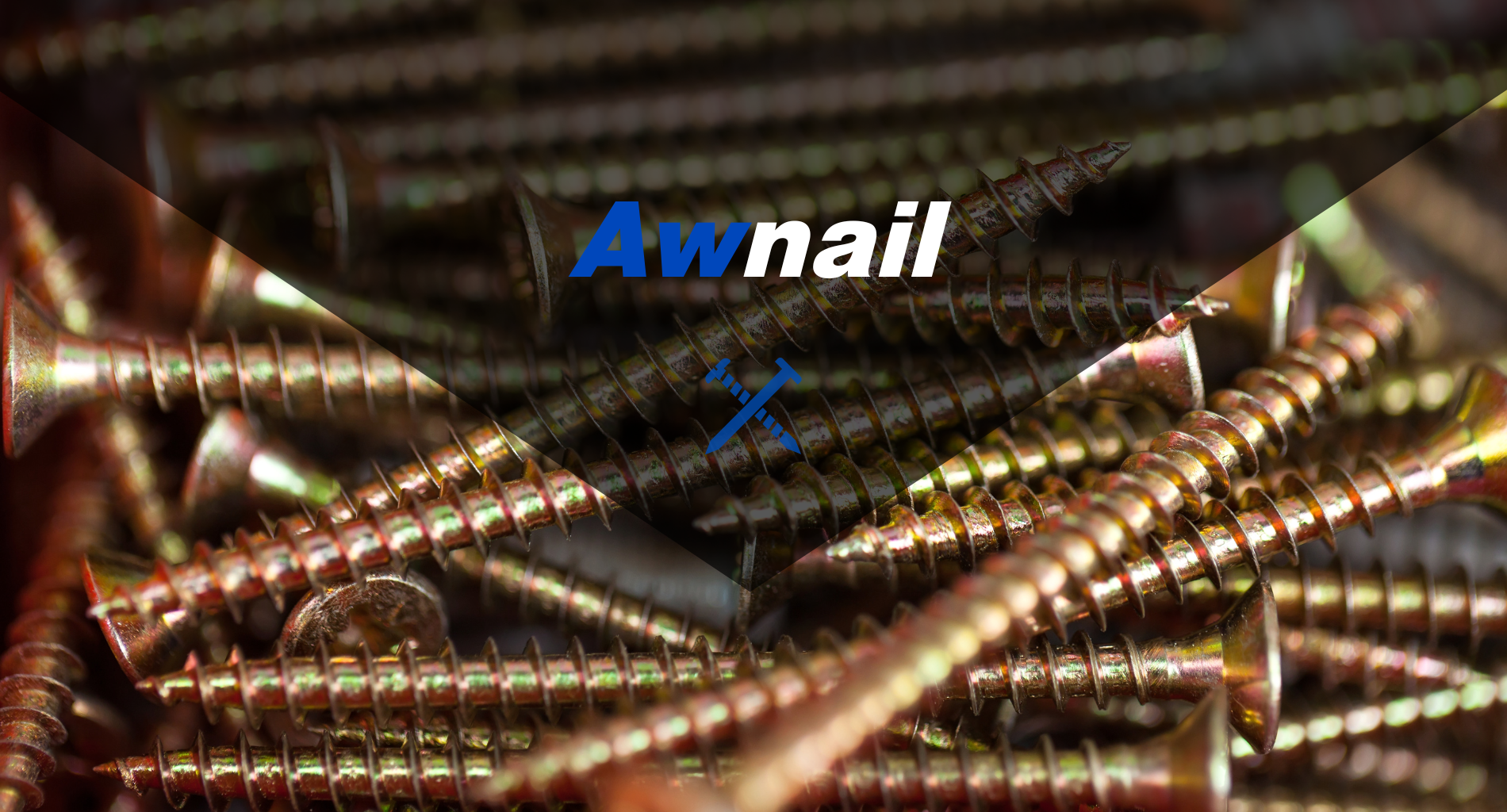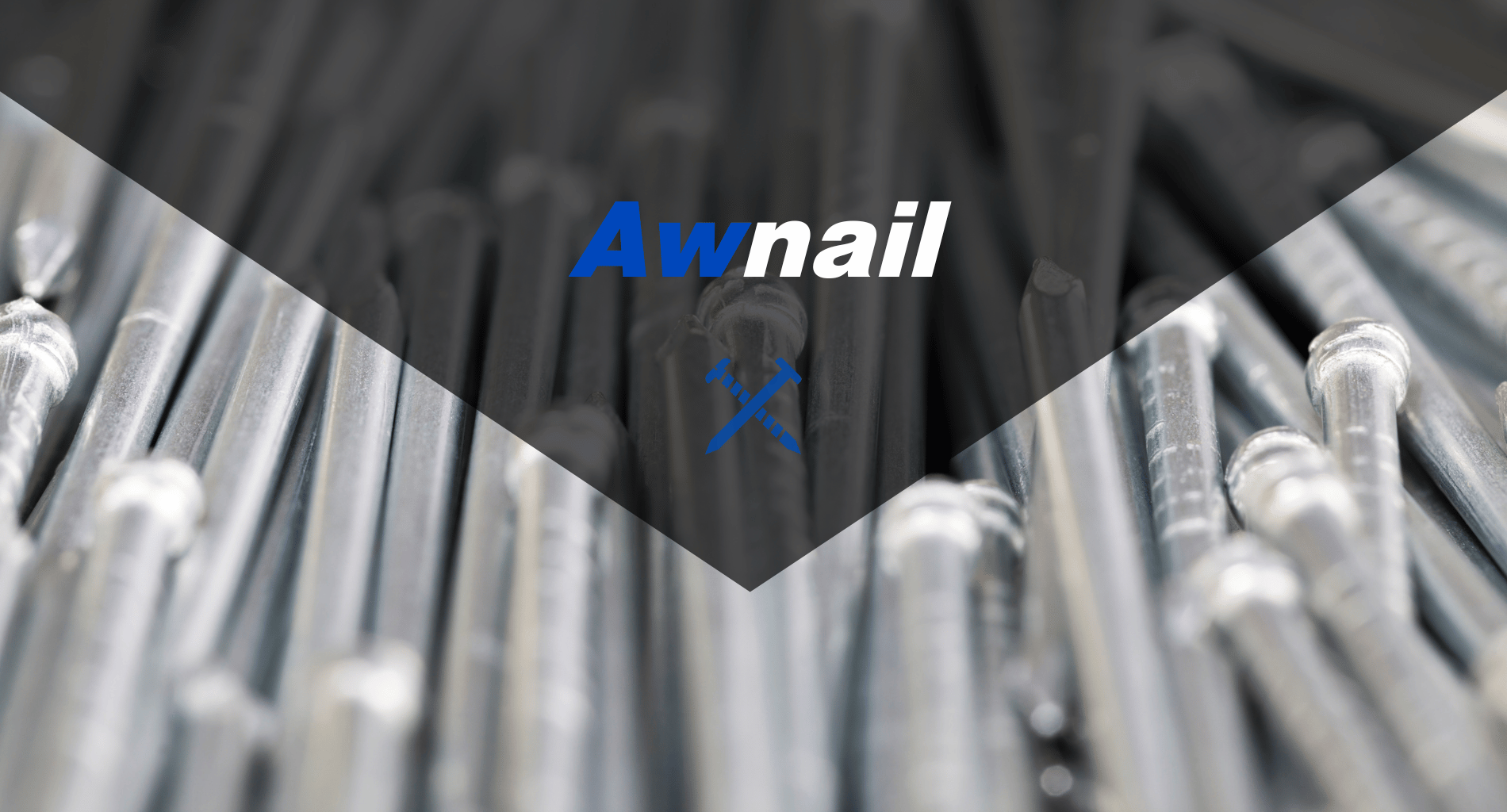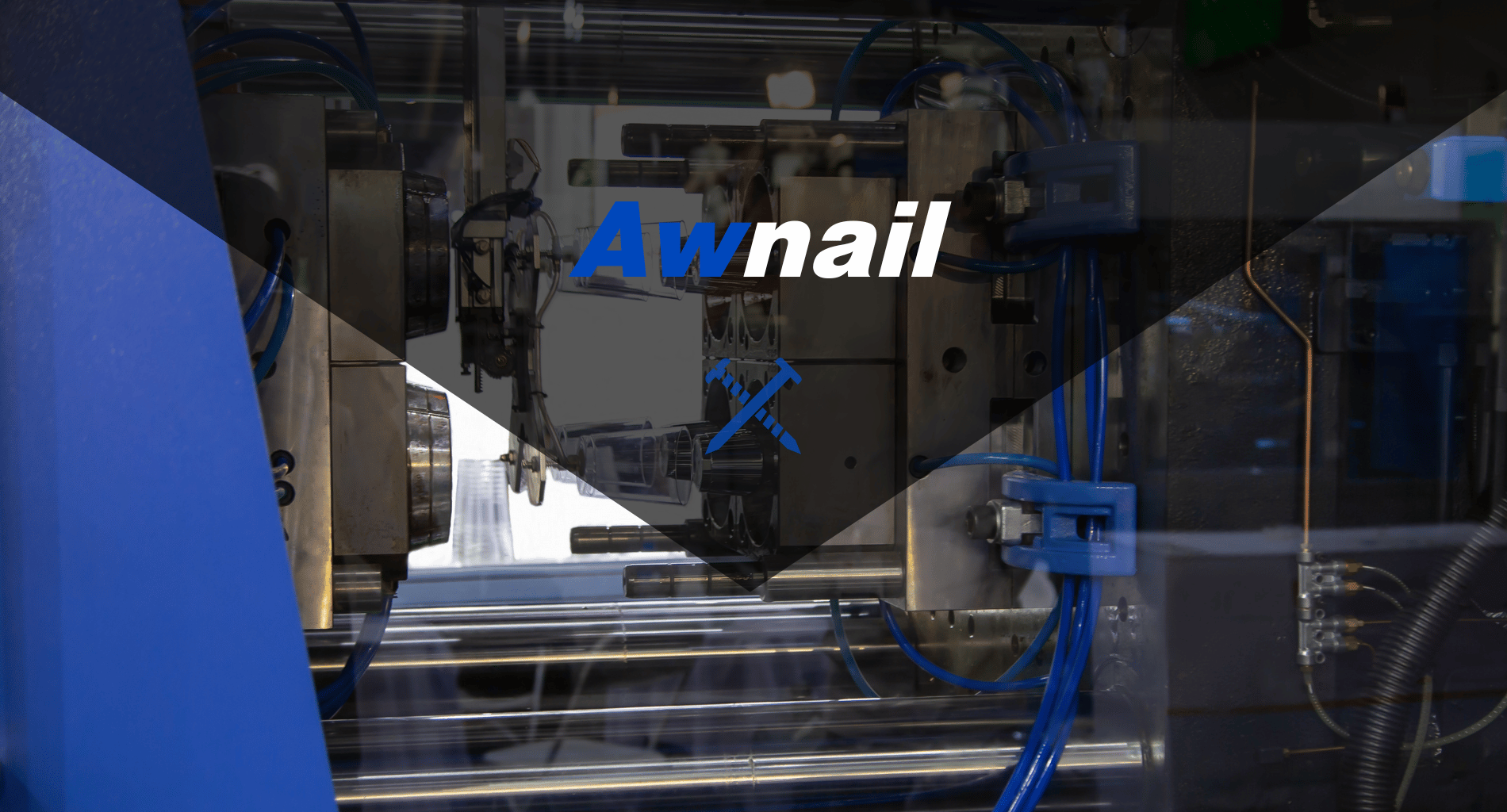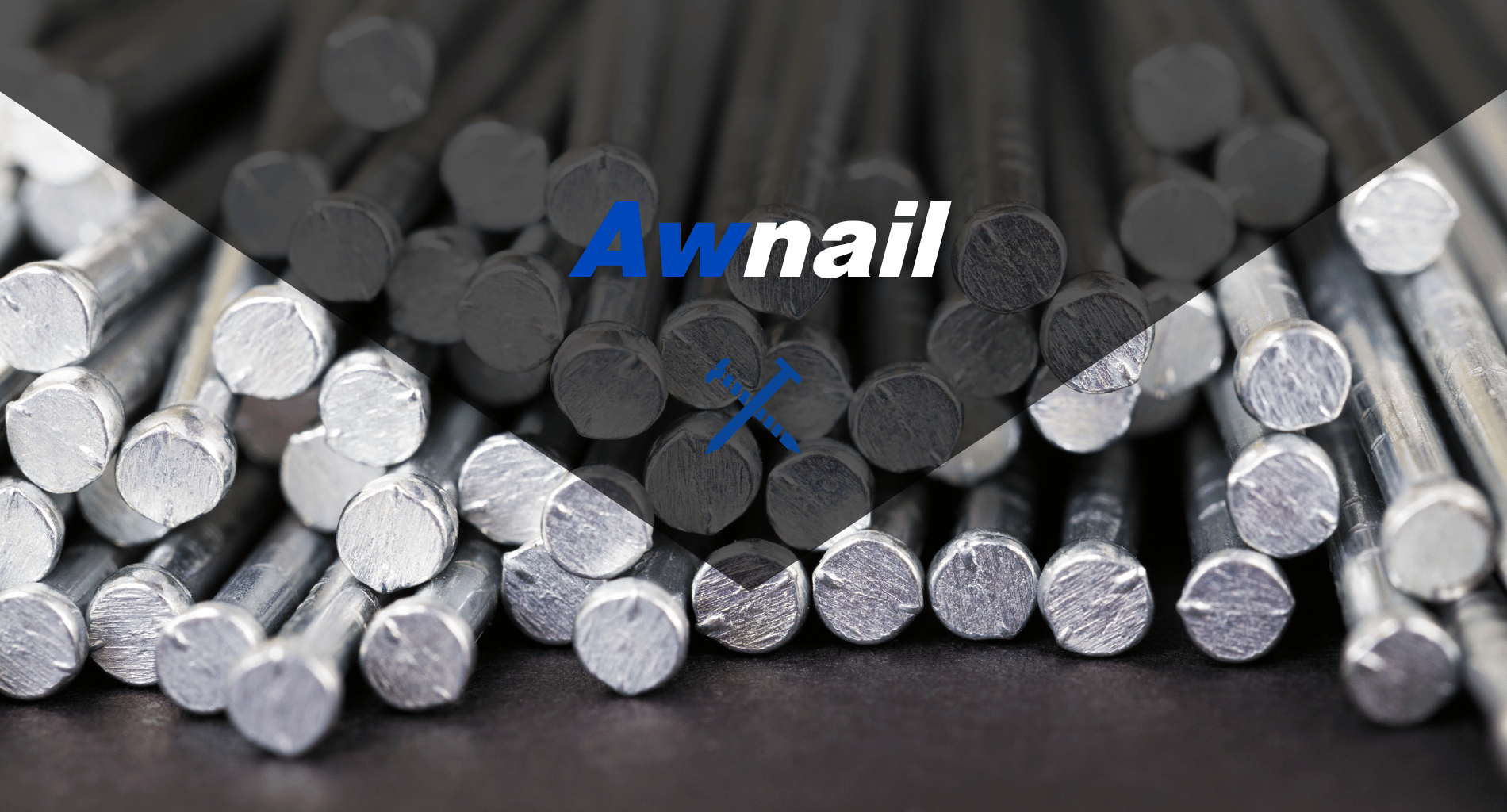Are you facing unexpected downtime and inefficiency with your thread rolling machines? Discover the key challenges and their effective solution in this in-depth exploration.
With extensive research and experience in the machine industry, this list of challenges and solutions has been carefully crafted to provide essential knowledge for those operating thread rolling machines.
Here is a sneak peek at 2 of the main challenges that will be addressed:
- Misalignment Issues
- Thread Quality Problems
In this guide, we will discuss 7 other challenges, offering practical strategies and tips to ensure smoother operations and enhanced performance of your machines.
So if you want to learn more, keep reading!
1. Misalignment Issues
Misalignment in thread rolling machines can significantly impact the production efficiency and compromise the quality of output. It often results from mechanical wear or improper setup. Addressing misalignment issues is crucial for maintaining operational precision and ensuring the longevity of the equipment. Recognizing and rectifying these issues promptly can lead to smoother operations and superior product quality.
Solutions:
- Precise Setup Procedures: A meticulous setup of thread rolling machines is key. Precise alignment during this initial phase can greatly minimize misalignment issues, leading to enhanced machine performance and better product quality.
- Regular Maintenance Checks: Routine inspections and maintenance are vital for early detection of misalignment. Implementing a schedule for regular check-ups ensures that any signs of wear or misalignment are addressed promptly, thereby preventing larger issues.
- Utilization of Advanced Alignment Tools: Modern alignment tools and techniques offer more accuracy in setting up thread rolling machines. Employing these advanced tools aids in achieving precise alignment, reducing the likelihood of misalignment-related issues.

2. Thread Quality Problems
Thread quality issues in rolling machines are a critical concern, often leading to compromised product intregity and functionality. These problems often stem from incorrect machine settings, wear and tear of components, or the use of unsuitable materials. Ensuring high thread quality is essential for meeting industry standards and customer expectations.
Solutions:
- Use of High-Quality Materials: Selecting appropriate, high-grade materials for thread rolling is vital for quality output. This approach not only leads to better products but also reduces the strain on the machine, prolonging its service life.
- Accurate Machine Calibration: Proper calibration of thread rolling machines is crucial for maintaining thread quality. Consistent checks and adjustments ensure that the machine operates within the required specifications, thereby producing high-quality threads.
- Quality Control Measures: Establishing stringent quality control procedures helps in early detection and correction of thread quality issues. Regular monitoring and testing of output ensure consistent quality, aligning with industry standards and expectations.
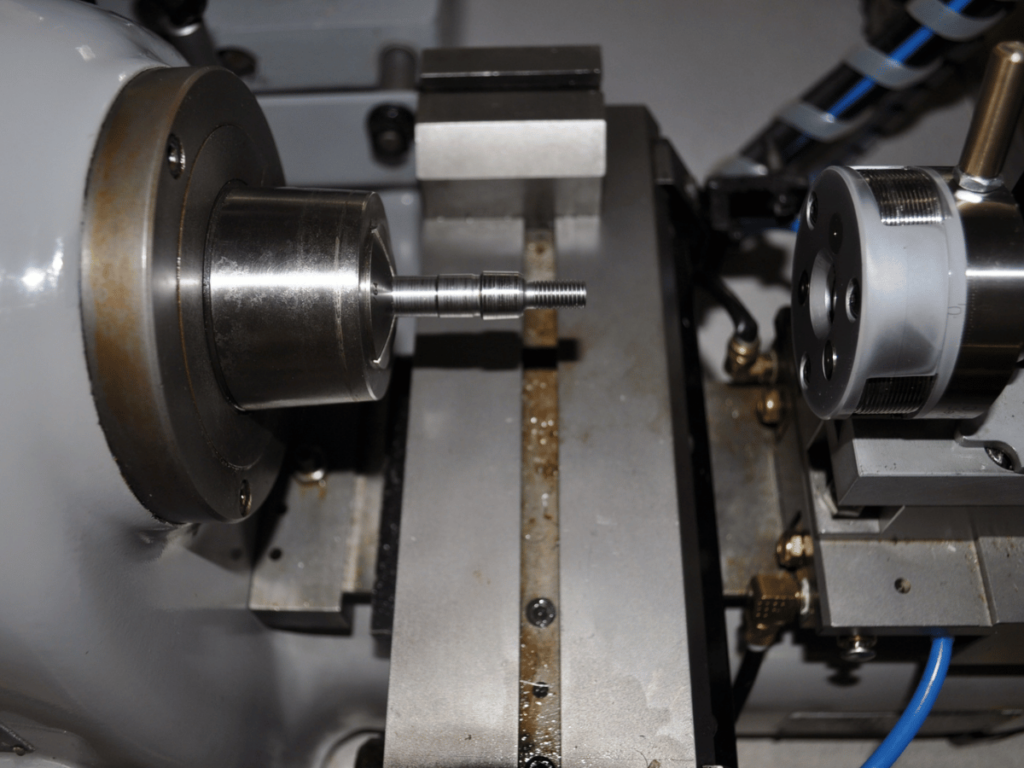
3. Machine Overload
Machine overload in thread rolling operations is a common yet critical issue, leading to decreased efficiency and potential machine damage. It often occurs due to overfeeding, excessive speed, or operating beyond capacity. Effectively managing machine load is key to extending machine lifespan, maintaining production quality, and minimizing downtime and maintenance costs.
Solutions:
- Balanced Load Distribution: It is crucial to evenly distribute the workload among multiple machines to avoid overload.This practice not only prevents wear and tear but also maximizes the overall efficiency of the production line.
- Upgraded Machine Specifications: Regularly upgrading machines to handle higher capacities can effectively prevent overload. For example, installing a more powerful motor or stronger rolling dies can enhance a machine’s ability to handle increased demands without compromising performance or longevity.
- Integration of Automated Monitoring Systems: The implementation of advanced monitoring systems, such as those developed by Awnail, is effective in identifying early signs of machine overload. These systems proactively alert operators, enabling them to make timely adjustments and operational downtime.
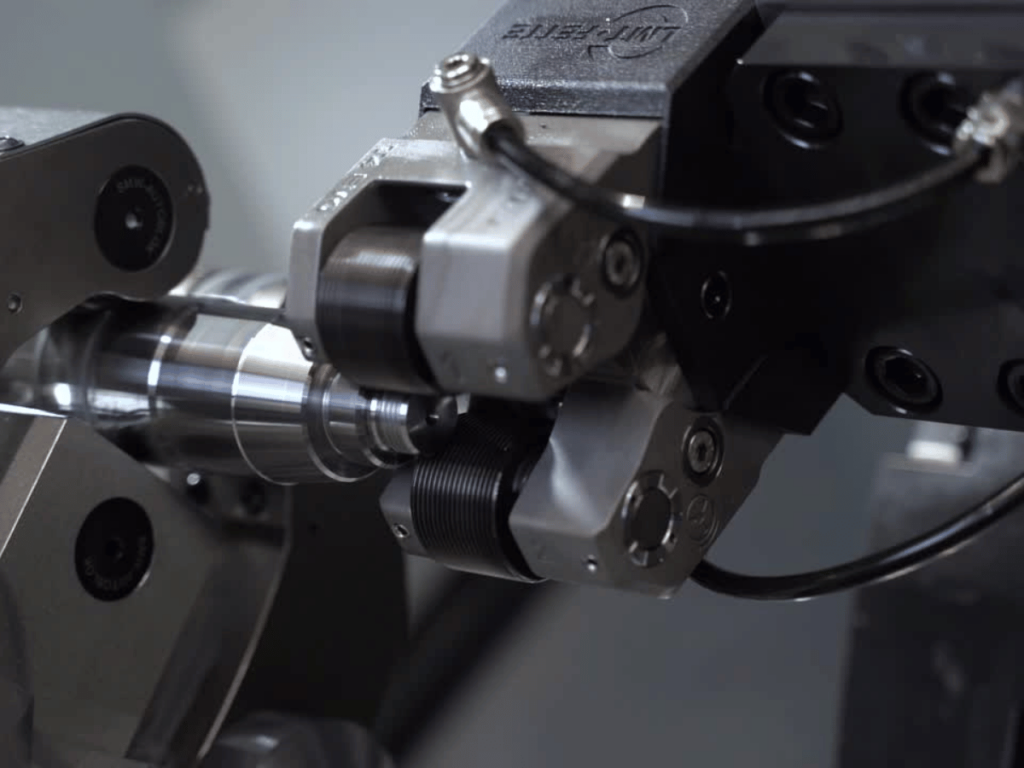
4. Inconsistent Thread Sizes
Inconsistent thread sizes in thread rolling machines pose a significant challenge, affecting both product uniformity and functionality. These inconsistencies often arise from variations in machine pressure, material discrepancies, or fluctuating temperatures. Ensuring uniformity in thread sizes is vital for adhering to industry standards and sustaining customer trust, as it directly impacts the reliability and standardization of products.
Solutions:
- Uniform Material Feeding: Consistent feeding of materials into the thread rolling machine is key to uniform thread sizes. Ensuring a stable and continuous material flow helps maintain size consistency across all products.
- Temperature Control in the Working Environment: Maintaining a stable temperature in the production area can greatly influence material behavior and machine performance. A controlled environment reduces material expansion and contraction, leading to more consistent thread sizes.
- Implementing Automated Feedback Systems: Utilizing advanced feedback systems in thread rolling machines helps in real-time monitoring and adjustment.This technology promptly corrects any deviations in thread size, ensuring consistent uniformity in the production process.
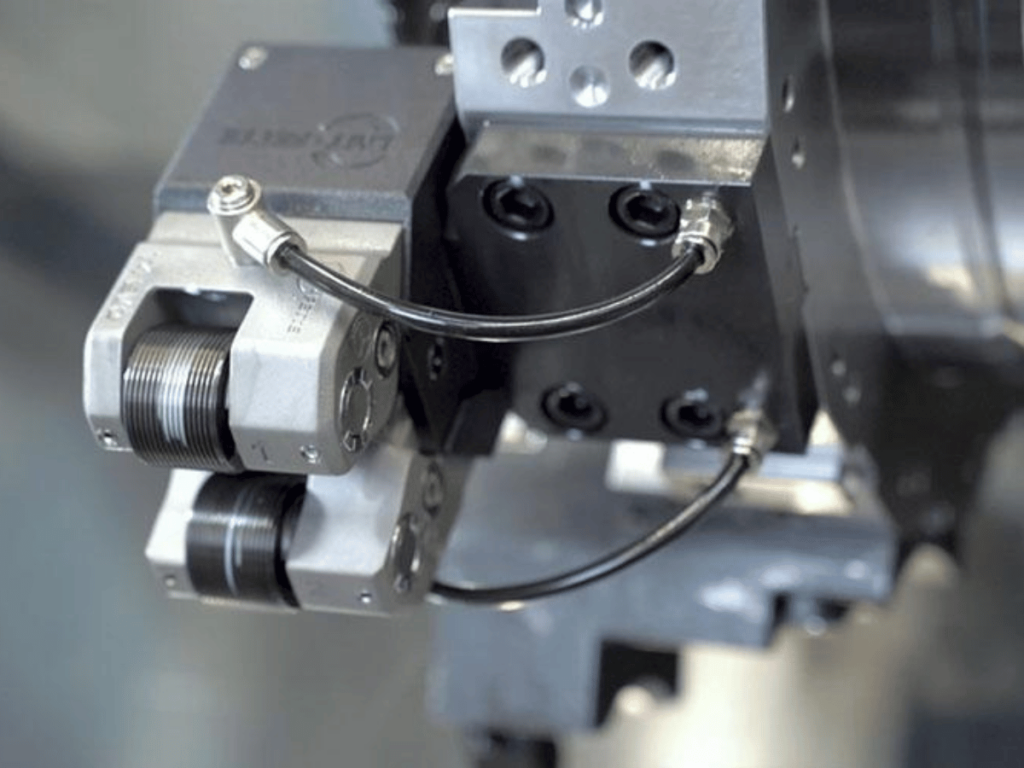
5. Excessive Noise and Vibration
Excessive noise and vibration in thread rolling machines can indicate underlying mechanical problems, affecting both machine health and operator comfort. These issues often stem from imbalanced moving parts, inadequate lubrication, or loose components. Proactively addressing these signs is essential for maintaining operational efficiency and ensuring a safer work environment.
Solutions:
- Use of Vibration Dampening Pads: Installing vibration dampening pads beneath thread rolling machines can significantly reduce noise and vibration. These pads absorb and isolate vibrations, leading to a quieter and more stable operation.
- Advanced Lubrication Systems: Incorporating advanced lubrication systems can significantly decrease noise and vibration in machinery. By reducing friction in moving parts, these systems facilitate smoother operation and lower the rate of wear and tear.
- Precision Component Alignment: Ensuring that all components are precisely aligned and secured can greatly reduce noise and vibration. This involves checking and adjusting the alignment of rollers, bearings, and other moving parts.
6. High Rate of Material Waste
A high rate of material waste in thread rolling processes can significantly impact cost-effectiveness and environmental sustainability. This waste often results from incorrect machine configurations, improper material handling, or errors in the production process. Streamlining processes and ensuring efficient material usage are key strategies in minimizing waste and enhancing overall production efficiency.
Solutions:
- Use of Scrap Recycling Systems: Integrating scrap recycling systems in the production line can turn waste into a resource. For example, reprocessing scrap material from thread rolling operations back into production can substantially reduce overall material waste.
- Optimized Machine Settings: Tailoring thread rolling machines to operate with precision reduces material wastage. Fine-tuning machine settings to suit the specific material being used can drastically decrease the amount of waste produced.
- Lean Manufacturing Principles: Implementing lean manufacturing techniques, like streamlining production, can notably reduce waste and enhance material efficiency. As per alphanovaconsulting reports, a 25-50% success rate in lean manufacturing, highlighting the need for strategic implementation.
The table below outlines key lean manufacturing principles, their application, and the impact on manufacturing success, with insights drawn from reports on success rates such as those by alphanovaconsulting.
| Lean Principle | Application | Impact on Manufacturing |
| Value Identification | Define value from the customer’s perspective, focusing on what the customer is willing to pay for. | Customer Satisfaction: Ensures products meet customer needs and desires, enhancing product value and market competitiveness. |
| Value Stream Mapping | Analyze and map out all steps in the production process, identifying and eliminating waste. | Increased Efficiency: Streamlines production processes, reducing waste and improving time and resource utilization. |
| Flow Optimization | Ensure that production steps flow smoothly without interruptions, delays, or bottlenecks. | Continuous Production: Minimizes downtime and ensures steady production output, improving delivery times and responsiveness. |
| Pull System Implementation | Produce only what is needed when it’s needed, based on customer demand, to avoid overproduction. | Inventory Reduction: Decreases inventory costs and reduces the risk of excess or outdated stock, aligning production closely with demand. |
| Perfection Striving | Continuously look for ways to improve processes and eliminate waste, fostering a culture of continuous improvement. | Ongoing Improvement: Encourages innovation and efficiency, gradually enhancing production processes and product quality over time. |
| Employee Empowerment | Engage and empower employees to identify inefficiencies and suggest improvements. | Workforce Engagement: Utilizes the insight and creativity of the workforce, leading to practical, impactful improvements in production. |
| Quality at the Source | Focus on preventing defects and ensuring quality at each step of the production process. | Quality Improvement: Reduces the need for rework and returns, enhancing product quality and reducing costs associated with defects. |
| Standardization | Develop and implement standard operating procedures for all processes to ensure consistency and efficiency. | Consistency and Reliability: Ensures that all products meet the same high standards, improving reliability and trust in the brand. |
7. Difficulty in Handling Different Materials
Handling various materials in thread rolling machines can be challenging, often leading to inefficiencies and product inconsistencies. This difficulty arises from the varying properties of materials, each requiring specific adjustments and handling techniques. Effectively adapting to material variations is key for high-quality output and flexible operations, ensuring diverse materials meet production standards.
Solutions:
- Versatile Machine Design: Incorporating machines with versatile design features, such as those offered by Awnail, allows for seamless adaptation to various materials. These machines easily adjustable settings for different materials, ensuring efficient operation and consistent quality.
- Comprehensive Material Training: Providing in-depth training on the properties of different materials enhances operator ability to handle them effectively. Understanding the unique characteristics of each material leads to better machine setup and product quality.
- Customized Machine Adjustments: Adapting thread rolling machines for different materials involves precise adjustments to settings like pressure and speed. Tailoring these parameters to each material type ensures optimal handling and high-quality threading.
8. Die Wear and Tear
Die wear and tear in thread rolling machines is an inevitable issue that significantly affects thread quality and machine efficiency. This wear is typically caused by continuous use, material hardness, and inadequate maintenance. Managing die wear is essential for ensuring threading precision and machine longevity, with proactive measures leading to high-quality production and minimized downtime.
Solutions:
- Regular Die Inspection and Maintenance: Implementing a schedule for regular inspection and maintenance of dies is crucial. This practice helps in early identification of wear and tear, allowing for timely interventions to prevent further damage.
- Use of High-Quality Dies: Investing in high-quality dies made from durable materials can substantially reduce the rate of wear and tear. These premium dies withstand the rigors of continuous operation better, leading to longer service life and consistent thread quality.
- Utilizing of Wear-Reducing Technologies: Integrating advanced wear-reducing technologies in the thread rolling process can prolong die life. Technologies such as surface coatings or heat treatments can significantly enhance the durability and resistance of dies to wear and tear.
9. Complex Setup and Changeover Times
Complex setup and extended changeover times in thread rolling machines can be major bottlenecks, affecting overall production timelines and efficiency. These complexities often stem from detailed machine settings, the need for precision in adjustments, and outdated procedures. Streamlining setup and changeover processes is key to enhancing production efficiency and adapting quickly to changing demands.
Solutions:
- Training for Quick Setup: Providing comprehensive training to operators on efficient setup and changeover techniques can significantly cut down time. Well-trained personnel are able to make quicker adjustments, reducing downtime between production runs.
- Modular Design Elements: Utilizing machines with modular design elements can expedite changeovers. These elements enable quick and easy adjustments or replacements, significantly reducing downtime between production changes.
- Standardization of Setup Procedures: Standardizing setup procedures across all machines can lead to more efficient changeovers. This approach ensures consistency and reduces the time needed for operators to familiarize themselves with different machine setups.
Dive Deeper Into Our Resources
For some insightful reads, we’ve curated a list of recommended articles just for you:
- A Comprehensive Step-by-Step Guide to Operating Thread Rolling Machines
- How To Start a Nail Manufacturing Business?
Still haven’t found what you’re looking for? Don’t hesitate to contact us. We’re available around the clock to assist you.
Conclusion
Navigating the common operational challenges in thread rolling machines, along with their practical solutions, aims to enhance efficiency and product quality in your operations. The insights provided here are designed to help streamline processes and discuss issues effectively.
To avoid common operational challenges consider Awnail’s nail making machine as your go-to source. To learn more and get personalized support, feel free to contact us today.

